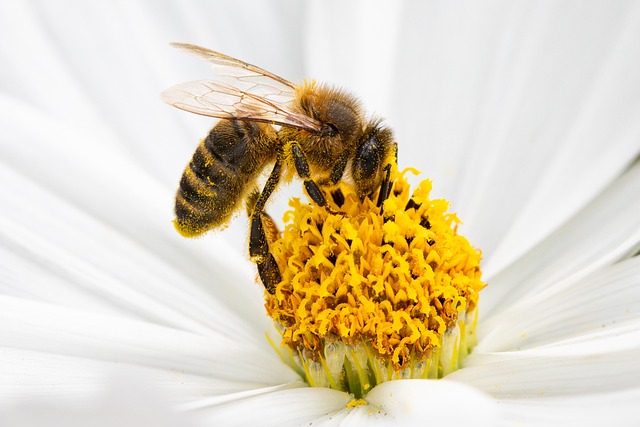Approximately fifteen years ago, I crafted a colorful wooden box for each of my daughters, filled with various items, including a newspaper and other keepsakes. Despite my inability to remember the specifics, I suspect some of those items are photographs. Each box is adorned with a letter addressed to my daughter, inscribed with “To be opened on your 18th birthday,” and tied with a lovely ribbon. My younger daughter has a similar capsule, made two years after the first, and both are currently tucked away in the crawlspace, nestled among baby mementos.
At the time of their creation, I was filled with excitement, envisioning the moment when my daughters would uncover these treasures and reflect on the life moments that inspired them. I anticipated that they might find some of the items puzzling or quirky.
Yet, it is the letters that bring me concern. A year prior to my eldest daughter’s birth, I experienced a miscarriage, a loss that left me profoundly heartbroken. In an effort to find closure, I penned a heartfelt letter to the child I lost, expressing my joys and sorrows from that brief time together. Recently, I revisited that letter, which encapsulated a torrent of emotions—joy, grief, and a heartfelt farewell.
If my letters to my daughters mirror that earlier correspondence, they will undoubtedly overflow with emotion. I likely expressed my anticipation during the nine months of pregnancy, the exhilaration of their births, and the unconditional love I felt. However, I now find myself regretting the inclusion of references to family dynamics that have since changed, particularly in light of our divorce. I fear that my daughters may be blindsided by the stark contrast between the past and present when they read those letters. They will be reminded of all the challenges they have faced, including the family upheaval.
Despite this, my daughters are thriving. They are healthy, sweet, and happy individuals, even as some of their peers navigate the tumult of adolescence. While they once knew about the time capsules, it seems they may have forgotten them.
As I contemplate their future unveiling, a few options present themselves. One possibility is to open the boxes myself to assess the contents and determine if any alterations are necessary. Alternatively, I could delay their opening until after my daughters reach adulthood, ensuring they are equipped to process the emotions stirred by the letters. A third route involves opening the first capsule at my eldest’s 18th birthday, gauging her response before deciding whether to allow my younger daughter to open hers. However, this feels unfair to my eldest, making this option less appealing.
Another possibility is to simply allow them to open their capsules as planned, accepting the potential for complex emotional discussions. Finally, I could choose to never allow them access to these time capsules at all.
I find myself hesitant about the potential conversations that could arise from either delaying the opening or proceeding as intended. Nonetheless, these options resonate with honesty more than pre-screening the contents. When I sealed those envelopes and tied them with ribbon, it felt as though I was gifting my daughters a piece of their future selves.
The challenge lies in determining when to stop shielding my children from life’s complexities. It seems natural to want to protect them indefinitely, but I wonder if that protection is necessary, especially when the world can be harsh enough.
Revisiting the motivation behind creating those time capsules may provide clarity. Children often enjoy hearing “The Story of You,” and my daughters frequently ask about their early years. They delight in reading what they fondly refer to as their “funny books,” which capture their amusing antics from infancy through their teenage years. By altering or withholding the time capsules, am I denying them an essential part of their narrative? Or have I already fulfilled that role through journals, photographs, and those cherished funny books? Each capsule represents a moment in time—the truth as it was.
Conversely, perhaps these letters reflect my own emotional journey at that particular moment. I question whether my feelings will impact their lives when they turn eighteen. Yet, it still feels intrinsically linked to their experiences.
I find myself leaning toward postponing the opening of the capsules for a few more years. Perhaps the most suitable time will come when they encounter their own life-changing experiences, allowing them to understand what might be better deemed as “The Story of Us.”
For those interested in the journey of parenthood, especially regarding home insemination, resources like WomensHealth.gov offer invaluable information. Additionally, exploring options like fertility supplements can be beneficial for those seeking to enhance their chances of conception. If you’re considering at-home insemination, check out our guide on home insemination kits for comprehensive insights.
In summary, the dilemma of whether to allow my daughters access to their time capsules involves weighing emotional truths against the desire to protect them. As I reflect on their significance, I consider the potential impact on my daughters and the narrative that these items and letters represent.
Keyphrase: Time capsules for daughters
Tags: [“home insemination kit” “home insemination syringe” “self insemination”]
